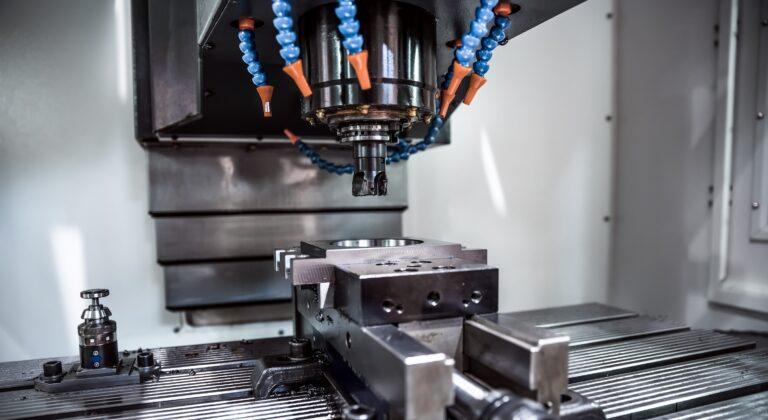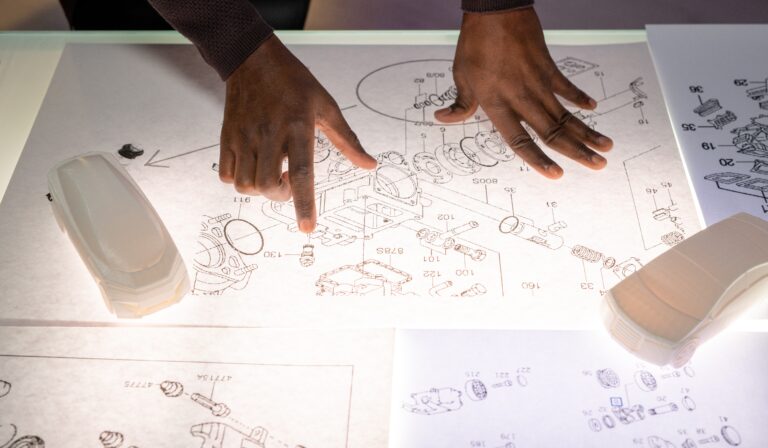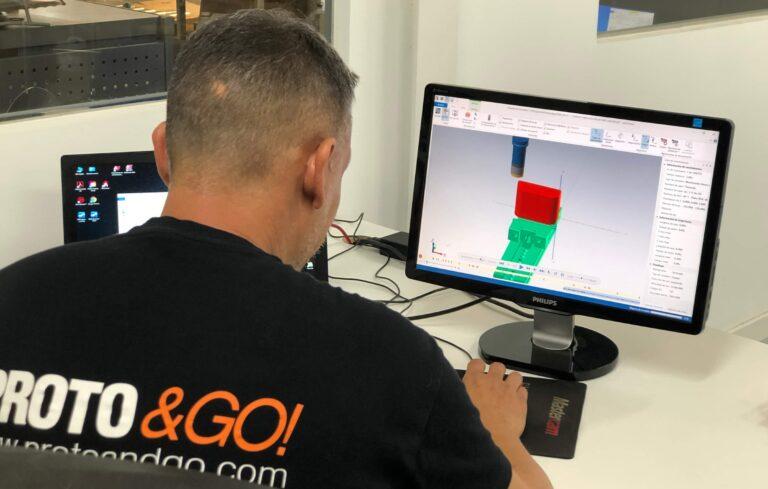The CNC machining industry is undergoing an unprecedented transformation. Increasing digitization, advanced automation and sustainability are marking a turning point in industrial manufacturing. What were once conventional mechanical processes are now becoming intelligent systems capable of adapting to changing conditions, optimizing resources and improving production efficiency.
Therefore, companies that do not adapt to these new trends run the risk of being left behind in an increasingly competitive market.
In this article, we explore the key technological innovations that are redefining CNC machining in 2025 and how these trends can bring significant advantages to the machining industry.
Artificial intelligence and machine learning on CNC machines
The use of artificial intelligence (AI) and machine learning is taking CNC machining to new levels of efficiency and accuracy. These technologies analyze large volumes of data in real time to predict failures, improve cutting path programming and optimize energy consumption.
Thanks to AI, CNC machines can self-adapt to different working conditions, adjusting parameters such as cutting speed and pass depth to maximize productivity and minimize tool wear. This significantly reduces downtime and improves the quality of machined parts.
Automation and collaborative robots
The integration of collaborative robots, or cobots, with CNC systems is increasing efficiency and reducing reliance on manual labor. These robots can handle the loading and unloading of materials, quality inspection and maintenance of cutting tools, enabling continuous operation without interruption.
Cobots, combined with machine vision systems, can detect defects in real time and correct errors before they affect production. This autonomy improves productivity and reduces material waste, resulting in higher profitability for companies engaged in the manufacture of parts by industrial machining.
Hybrid additive manufacturing
Another key trend in 2025 is the combination of CNC machining with additive manufacturing. This hybrid approach allows complex components to be manufactured using 3D printing to build base structures and CNC machining to fine-tune high-precision details.
This synergy offers multiple advantages, such as the reduction of material waste, the creation of complex geometries that would be impossible with traditional methods and the possibility of producing functional prototypes quickly.
As technology advances, CNC machines are expected to increasingly adopt additive manufacturing capabilities, facilitating online CNC manufacturing and reducing costs in the production of machined parts.
Sustainability and energy efficiency in CNC machining
Sustainability has become a crucial aspect of modern manufacturing, and CNC machining is no exception. New generations of CNC machines are designed to consume less energy and reduce material waste.
The use of biodegradable cutting fluids, recovery of metal chips and optimization of control software to minimize downtime are some of the strategies implemented to make machining more environmentally friendly.
In addition, digitization and remote monitoring make it possible to detect inefficiencies in energy consumption and improve resource management.
In short, we can say that CNC machining is undergoing a revolution thanks to technological innovations. Artificial intelligence, automation, additive manufacturing and sustainability are redefining the way industrial parts are produced.
These trends are not only improving efficiency and reducing costs, but are also opening up new opportunities for the manufacture of more complex and customized components. In a world where competitiveness and innovation are key, adopting these technologies will be essential for companies looking to lead in the CNC machining industry.
At Proto&Go! we offer the best CNC machining service for your parts and prototypes. You can request your quotation through the form on our website in a quick and easy way.
What are you wating for? Request your quote now!




